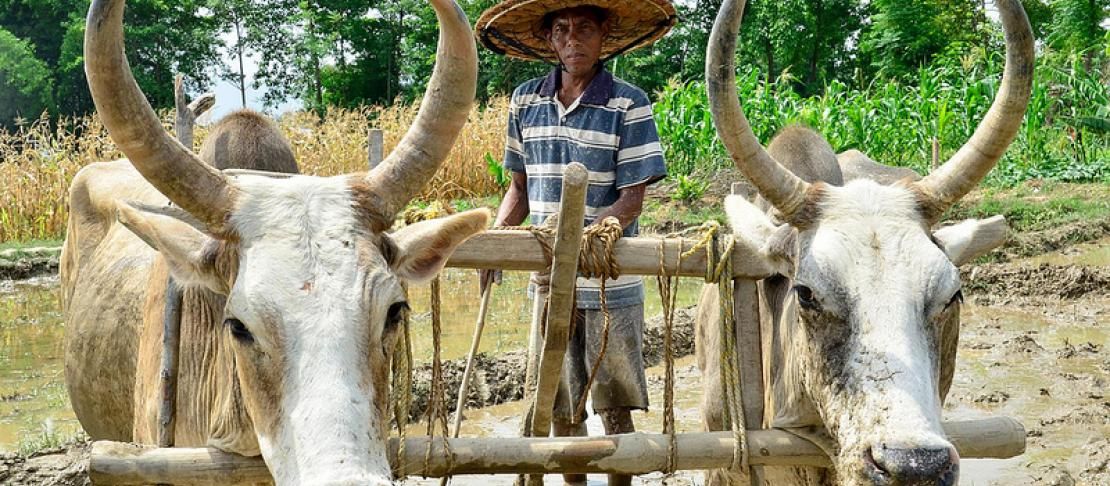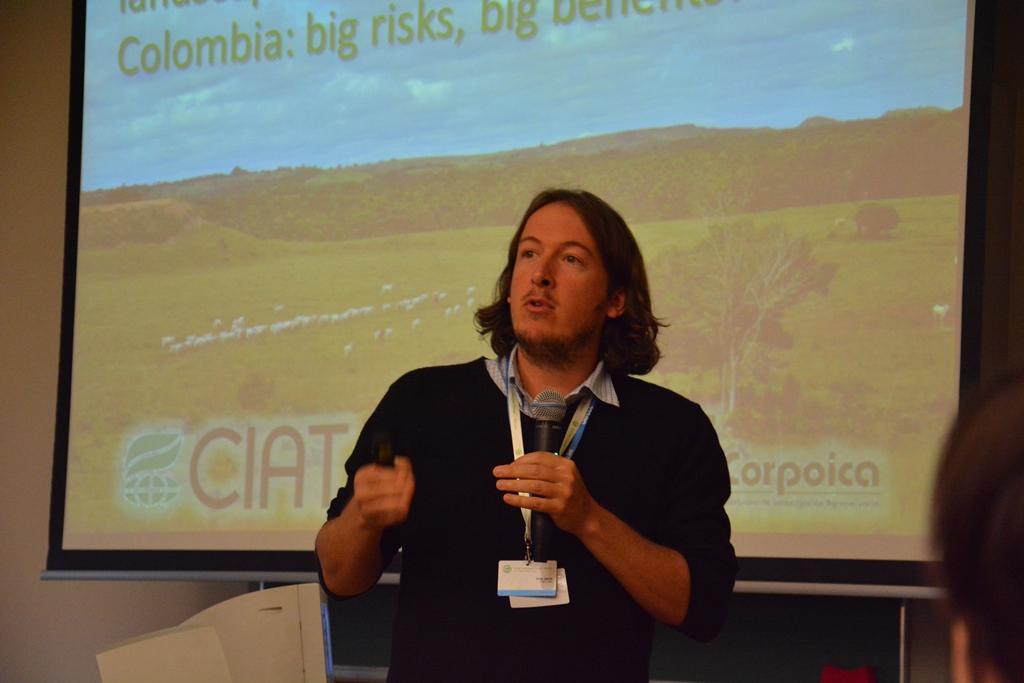Is it possible to promote investments in complex landscapes?

Creative solutions are needed, according to researchers working in Nepal, Malawi and Colombia
Nepal, Malawi and Colombia are very different from each other, but they resemble each other in one aspect - they all have a very complex and intricate landscapes. This was the discussion topic during the session "Rethinking investments in sustainable landscapes and livelihoods" held at the Global Landscapes Forum this year.
The session demonstrated that it is necessary to rethink investments in these countries, to find creative solutions that are at the same time environmentally sustainable.
Watershed management in Nepal
Luna Bharati, researcher at the International Water Management Institute (IWMI) presented the case of Nepal. In Nepal, most farmers rely on rain-fed agriculture, making them very vulnerable to climate variability, especially during the dry winter months. Their farming systems are also low in productivity as they, for example, don’t have access to new technologies and market incentives.
Existing programs for watershed management focus mainly on land degradation and forest management. Despite considerable success, they have not been able to fully address the issues of livelihoods and environment in these difficult areas. On the other hand, water management interventions aren’t helping mid-hill farmers, as they tend to focus on the farmers living of the hillside.
With a landscape approach IWMI has set-up a project, in collaboration with local authorities, where'water harvesting' is improving the water uptake in the highlands. This way, farmers can reduce sedimentation and improve water availability in those areas.
Through this approach it is also possible to look at other issues related to the landscape, such as the stabilization of the water supply on the plains, building resilience in the agricultural system and integrating the management of all natural resources, including land, forests and water.
Luna Bharati presentation
Conservation agriculture to restore soils
In Malawi, 84% of employed people are engaged in activities that depend directly on natural resources, with the largest sectors being agriculture, forestry and fisheries.
However, irregular rainy seasons, droughts and other extreme weather events have caused food- and livelihood insecurity for Malawians, and the situation is getting worse.
In the past 50 years, the population in Malawi has tripled, and deforestation has led farmers to look for new crop lands, increasing the number of degraded and deforested lands.
In the study case reported by Sosten Chiotha, Regional Director of Leadership for Environment and Development (LEAD) for South Africa, conservation agriculture has played an important role as an approach to improve livelihoods. Methods such as crop rotation, mixed cropping and integration of agriculture with livestock can contribute to reducing deforestation and increasing arable land, restoring degraded lands and contributing to community resilience to climate change.
In this landscape approach, the challenge is to engage the government, private sector and bilateral organizations to promote development in the region.
Sosten Chiotha presentation
Linking public and private sectors in complex landscapes
In the eastern region of Colombia, known as Los Llanos, there is a large agricultural frontier, comprising multiple ecosystems, from savannas to forest and wetlands.
Being a region with poor soils and traditionally devoted to livestock, there are rising large industrial crops such as corn and soybeans for livestock feed, sugarcane to produce ethanol, rubber and palm oil.

ANDY JARVIS presented 'los llanos' case study in the session. PhOTO: J. URREA (ccafs)
While preserving the ecosystems in a landscape like this is a big challenge, and unlike the 'Cerrados' in Brazil, whose development has inspired the Colombian authorities, the idea is to avoid the problems experienced by its neighbor as massive degradation of soils.
To do this, the Colombian government is working with the International Center for Tropical Agriculture (CIAT) and the private sector in an effort to develop “eco-efficient” options for the sustainable intensification of agriculture in Los Llanos, to ensure its environmental impact is minimal (and where possible, positive) while maximizing crop productivity.
Interventions include adaptation and mitigation systems to climate change, development of varieties of rice, maize, soybean and tropical forages specially adapted to the conditions of the region, new business models for producing and marketing of cashew nuts, restoration of soils and the development of eco-efficiency indicators.
Learn more: CIAT and Colombia seize historic opportunity for a sustainable agricultural revolution
Learn more: Sustainable intensification in Colombia
Miguel Saravia, Executive Director of the Consortium for the Sustainable Development of the Andean Ecoregion (CONDESAN), said the cases shown in the workshop as good examples of promoting investment in complex landscapes:
"I find the Los Llanos project very innovative because it promotes investments between government and private sector to intensify agriculture by reducing the damages of the landscape. This is an example of how private investment does not only stay within in corporate social responsibility, breaking the traditional pattern, and involving the landscape within the business model. "
The session showed three different case studies with difficult circumstances, but demonstrated that by applying a landscapes approach with a focus on sustainable development, countries can increase yields while preserving forest areas.
José Luis Urrea is Communications Officer for the CGIAR Research Program on Climate Change, Agriculture and Food Security (CCAFS) Latin America. Follow @cgiarclimate_LA for regional updates



